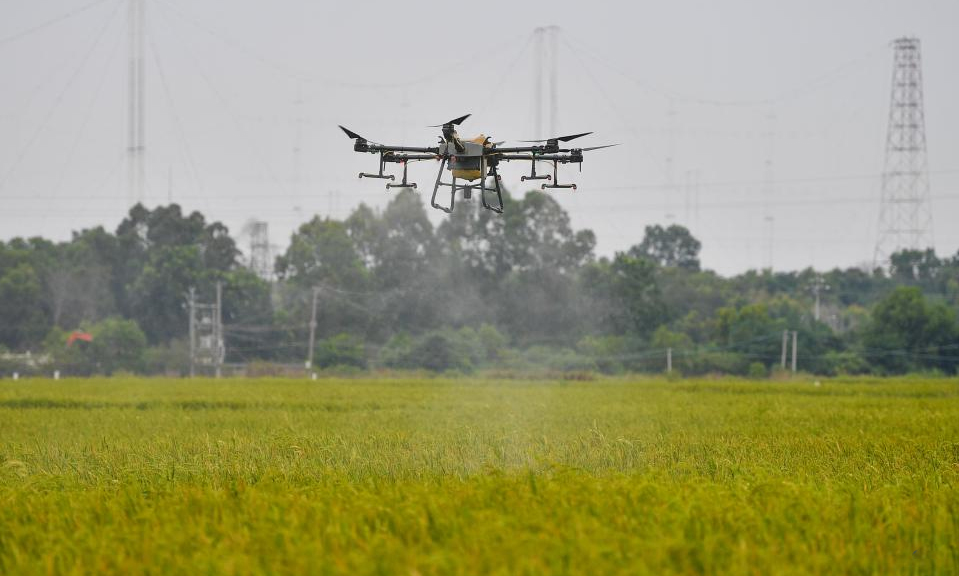Green transformation fuels energy conservation efforts
TAIYUAN, Oct. 26 (Xinhua) -- Outdoor activities such as soccer and camping have been common on the big lawn of a park in Taiyuan, capital of north China's Shanxi Province.
An increasing number of locals in Taiyuan spend time outdoors, thanks to the improved air quality in recent years. However, things were very different a decade ago.
"Due to air pollution, the sky was frequently grey in the past, but there has been significant improvement in recent years," said a local resident surnamed Wang. "We can now breathe the clean air, and outdoor sports have become an important part of our lives."
This transformation is a result of the government's continued efforts to save energy and control pollution. And the changes are evident in Shanxi, a major coal-producing province.
In recent years, coal companies have innovated industrial models to promote low-carbon development, such as coal-mining and coal-bed methane extraction, and the refining of coal by-products.
Yao Shaofeng, head of Shanxi Provincial Energy Administration, said that by the end of 2021, the advanced production capacity -- a safer, greener and more efficient production mode -- of coal mines accounted for 75 percent of the province's total.
The Xinyuan Coal Mine adopted 5G technology in mining and developed an intelligent operation management platform in collaboration with Chinese tech giant Huawei.
"In the complicated underground environment, 5G technology has greatly helped improve safety and efficiency," said Wu Shouxin, a technician at the mine.
The green transformation of power plants also exemplifies China's efforts to conserve energy and reduce consumption.
The Gujiao Power Plant in Shanxi abandoned its previous practice of stacking coal ash outdoors and adopted a new technology to backfill coal ash into a coal mine pit, thereby eliminating dust pollution.
Over the past decade, China has accelerated the phase-out of outdated production capacity, curbed the irrational energy consumption in energy-intensive projects, and promoted energy-saving technology and equipment.
Compared with 2012, China's energy consumption, carbon emissions and water consumption per unit of GDP had dropped by 26.4 percent, 34.4 percent and 45 percent, respectively, in 2021.
Photos
Related Stories
- China forges ahead with green transition in midst of global energy crisis
- Energy crisis exacerbates Germany's housing problem
- China's energy system withstands tests of COVID-19, global volatility
- China's power battery output surges over 101 pct in September
- Mood worsens in Europe as economy compounded by multiple risks
- China expedites energy sector's green shift over decade: report
- Feature: Chinese enterprise helps renewable energy transition in Jordan
Copyright © 2022 People's Daily Online. All Rights Reserved.









